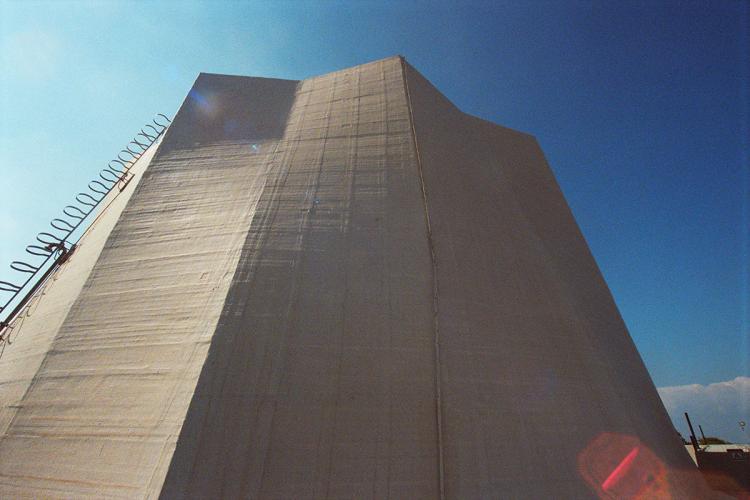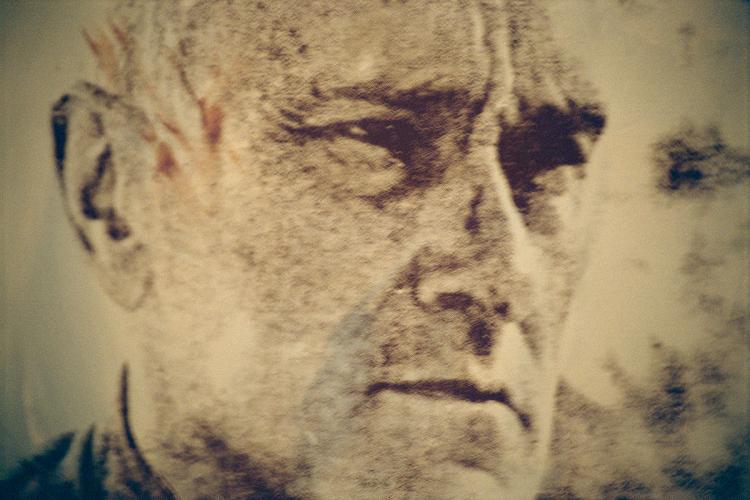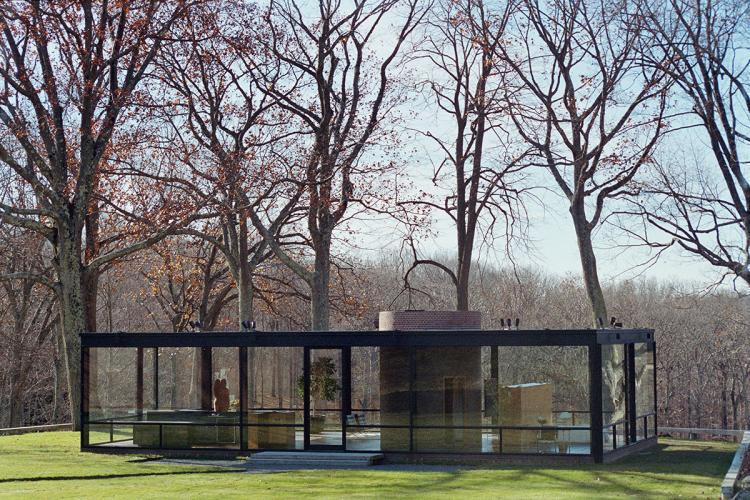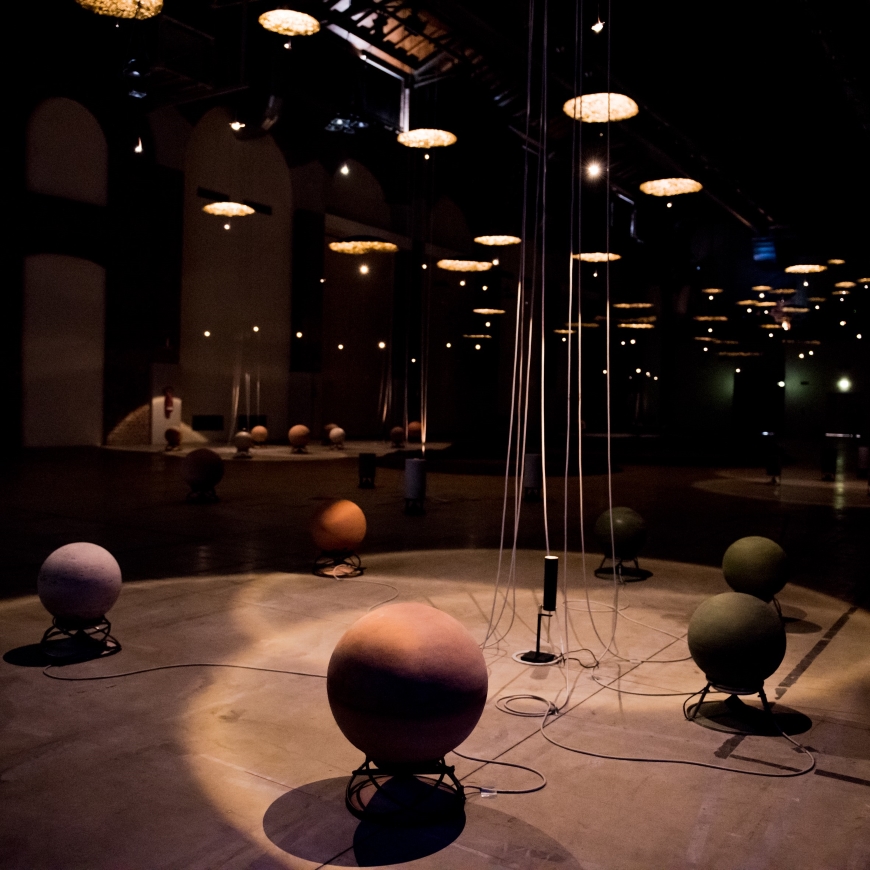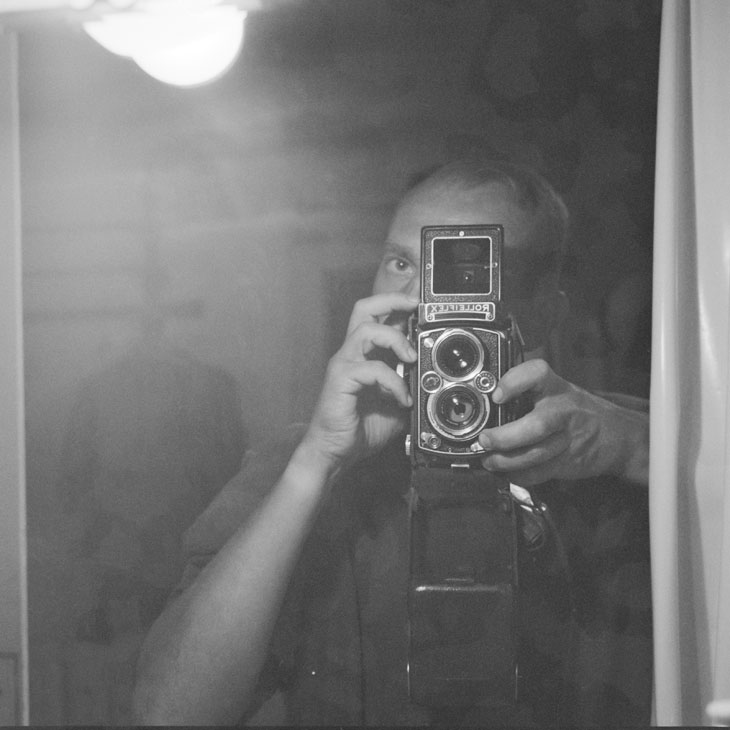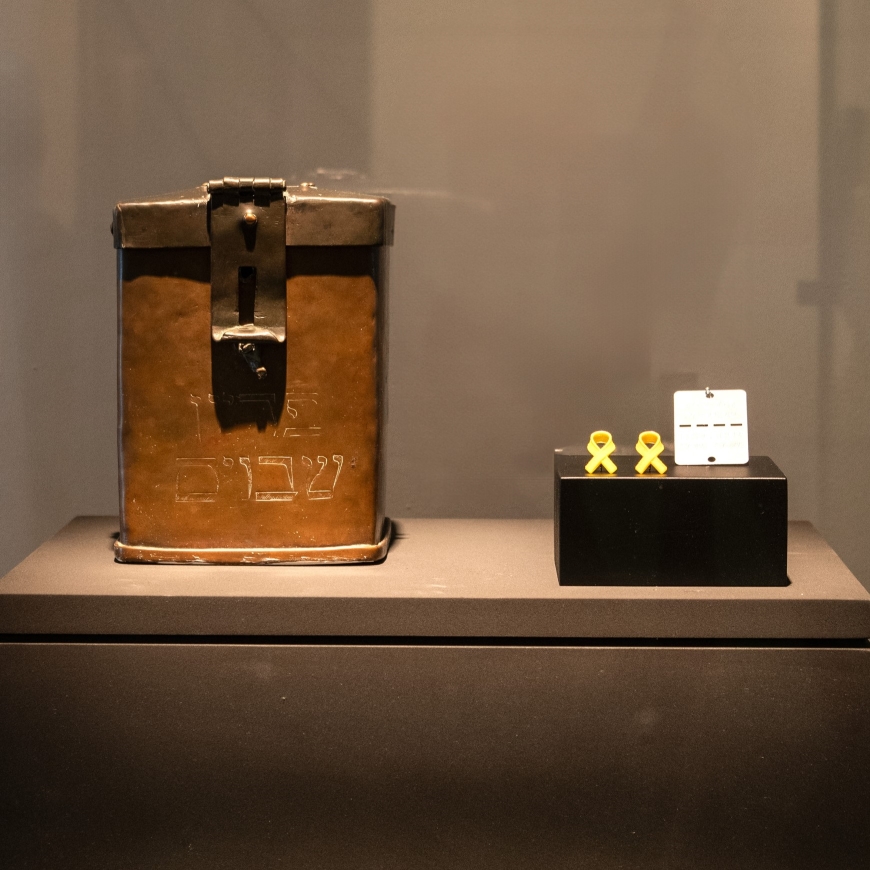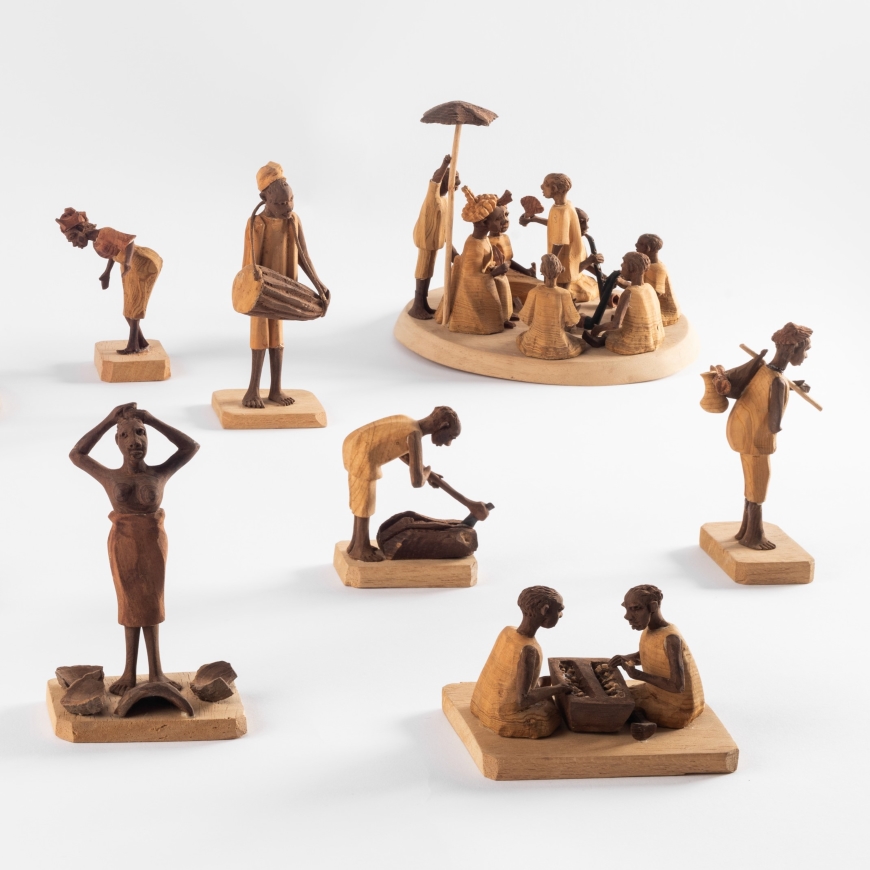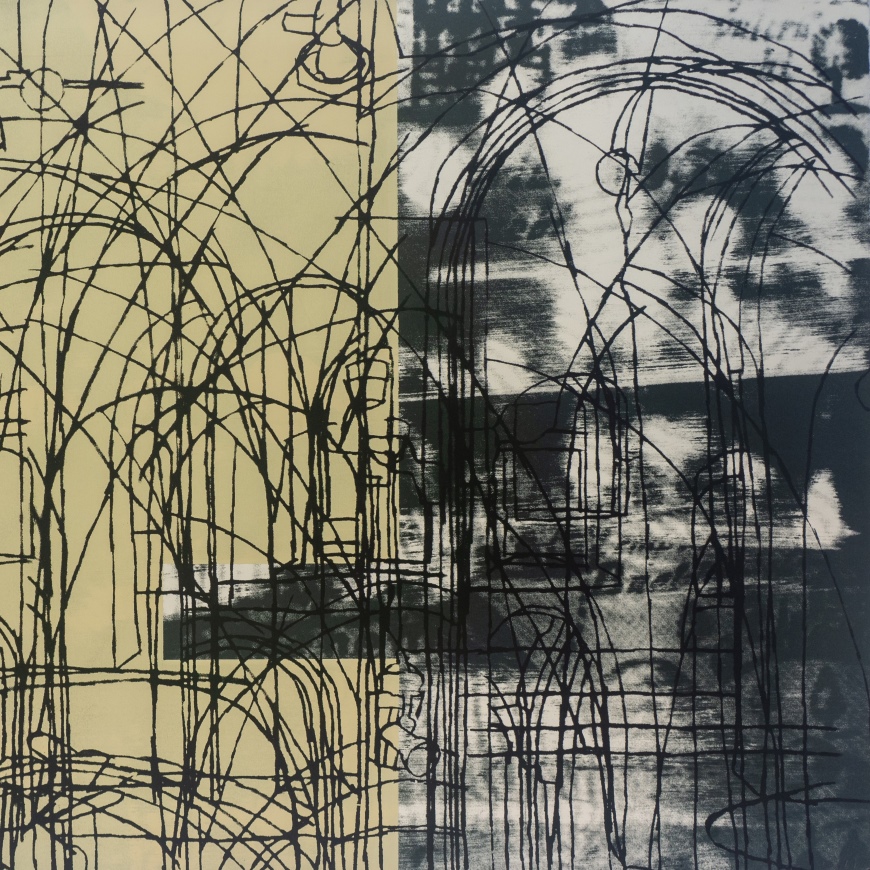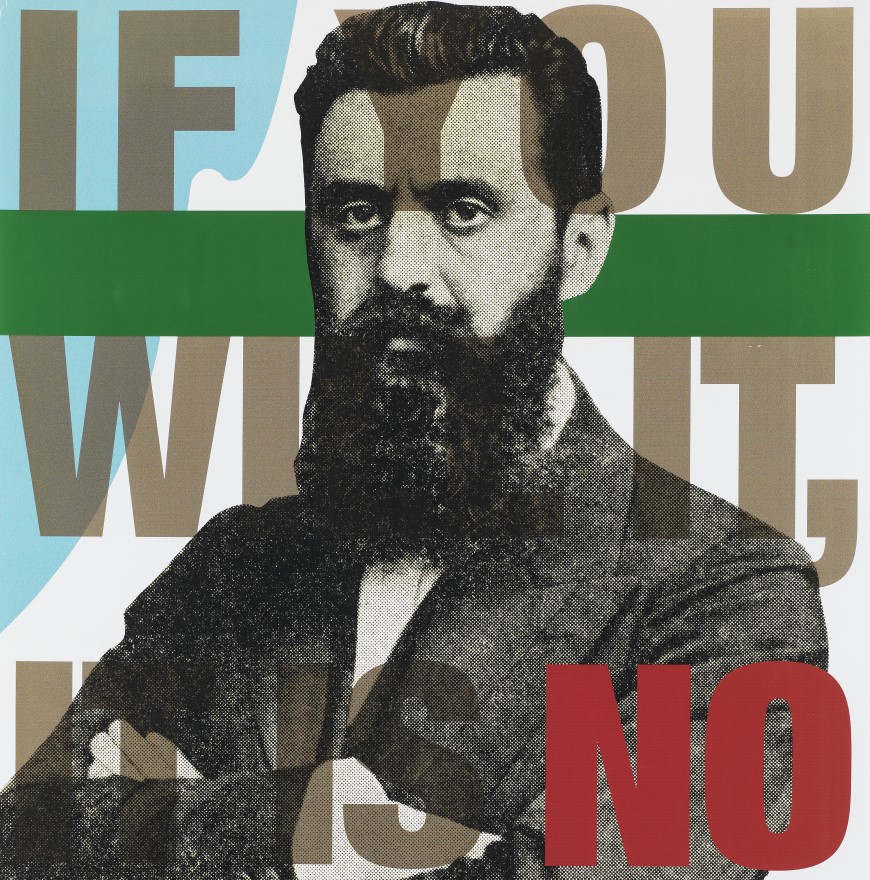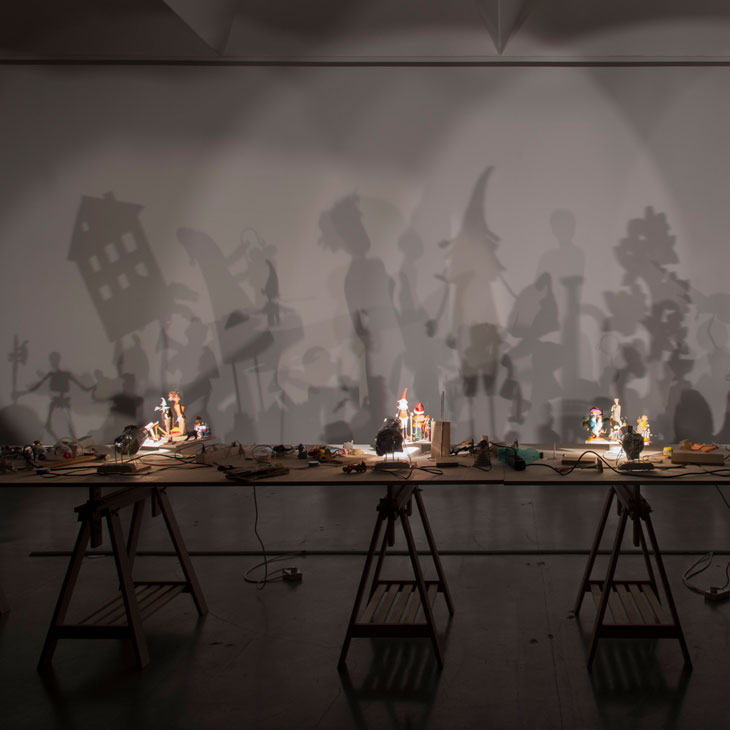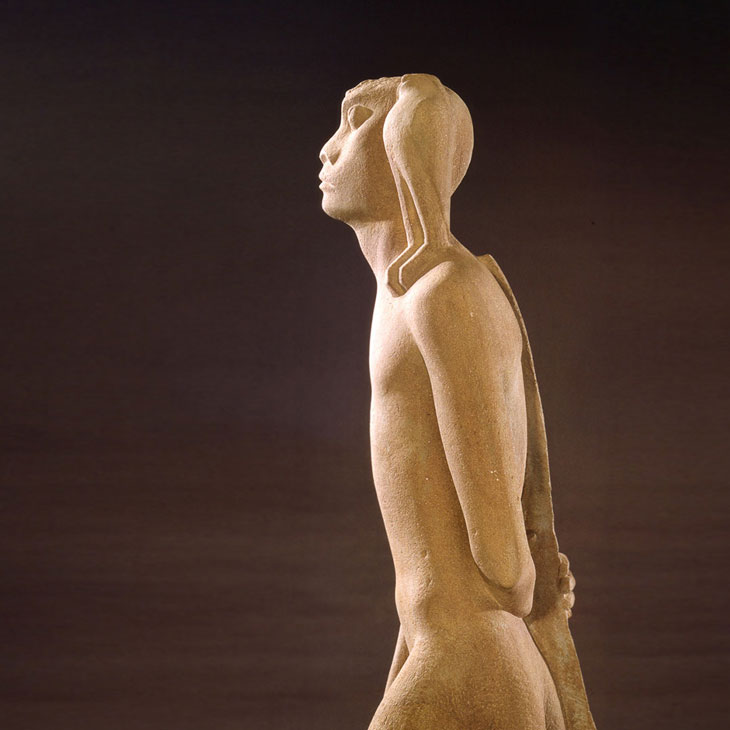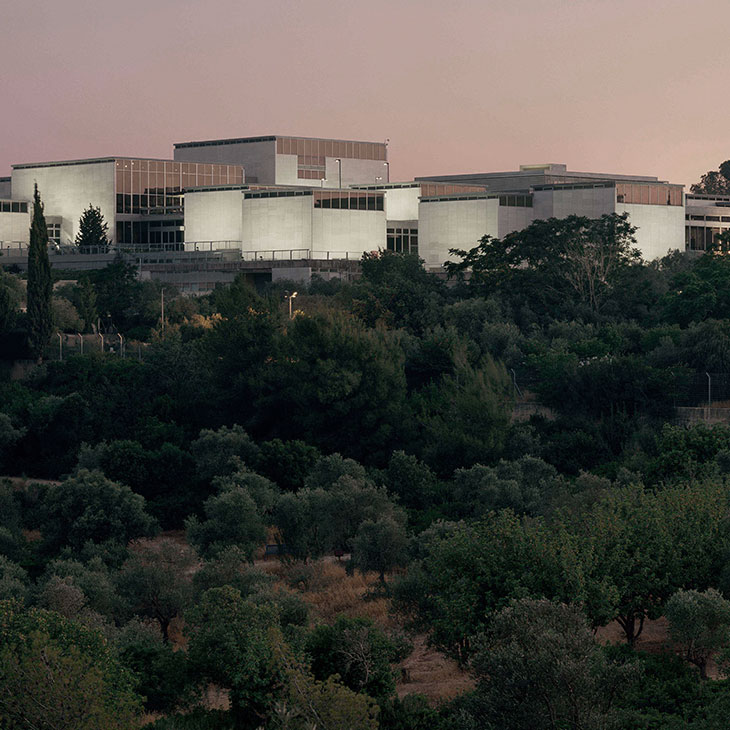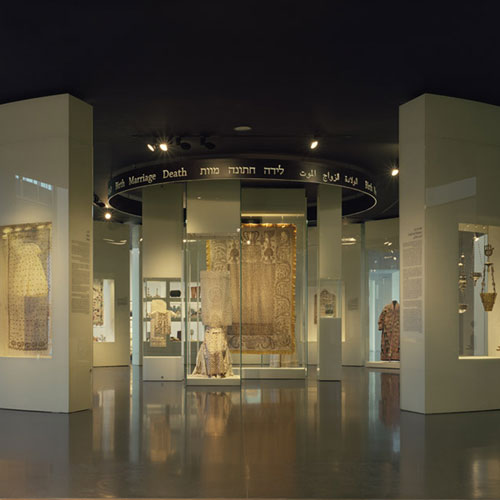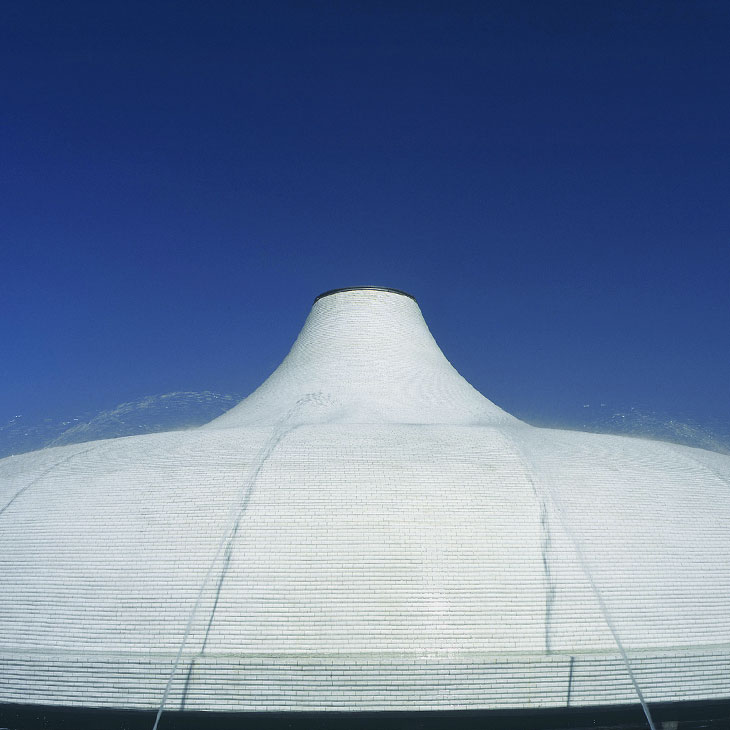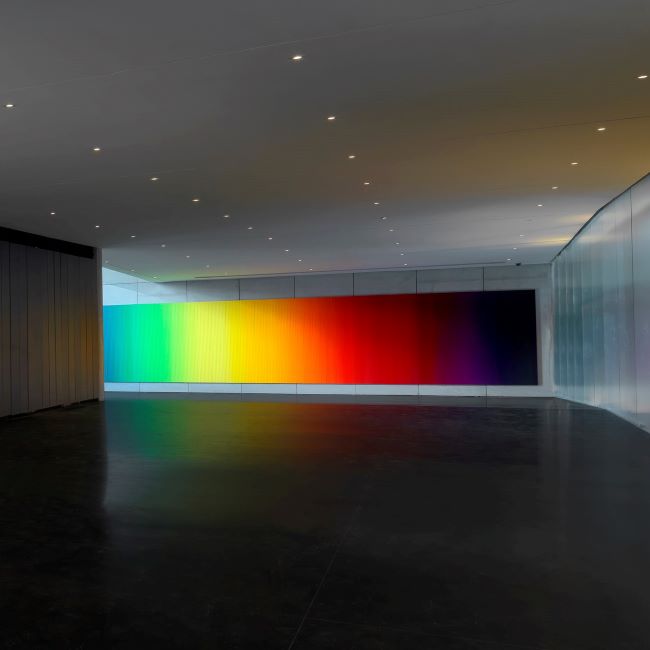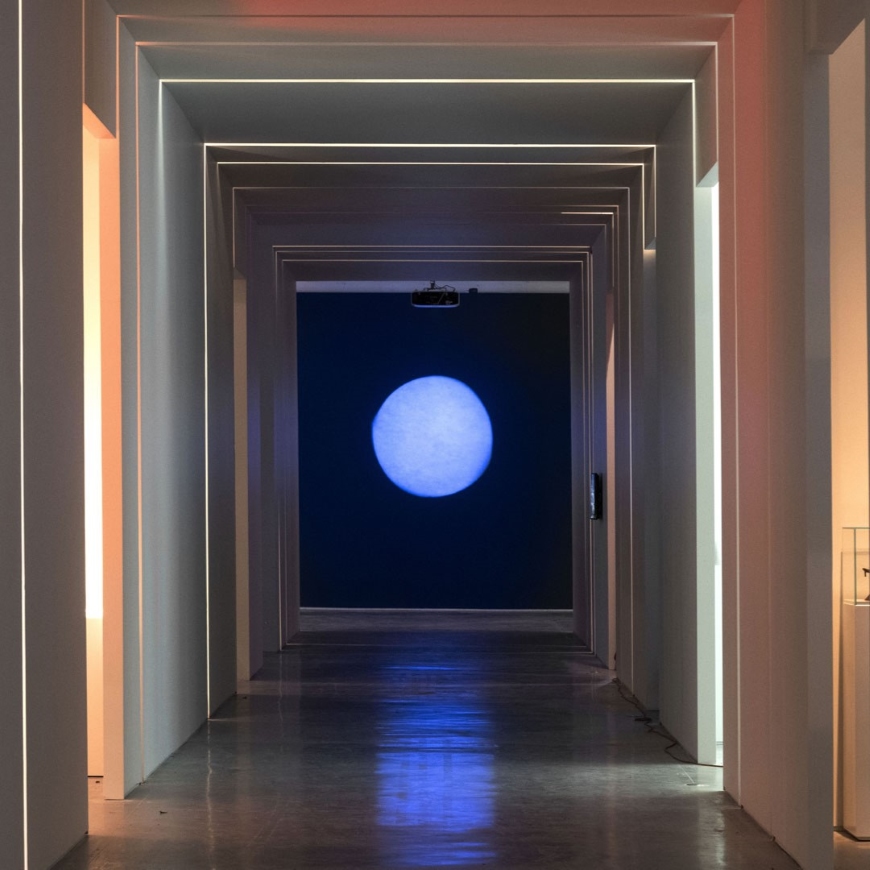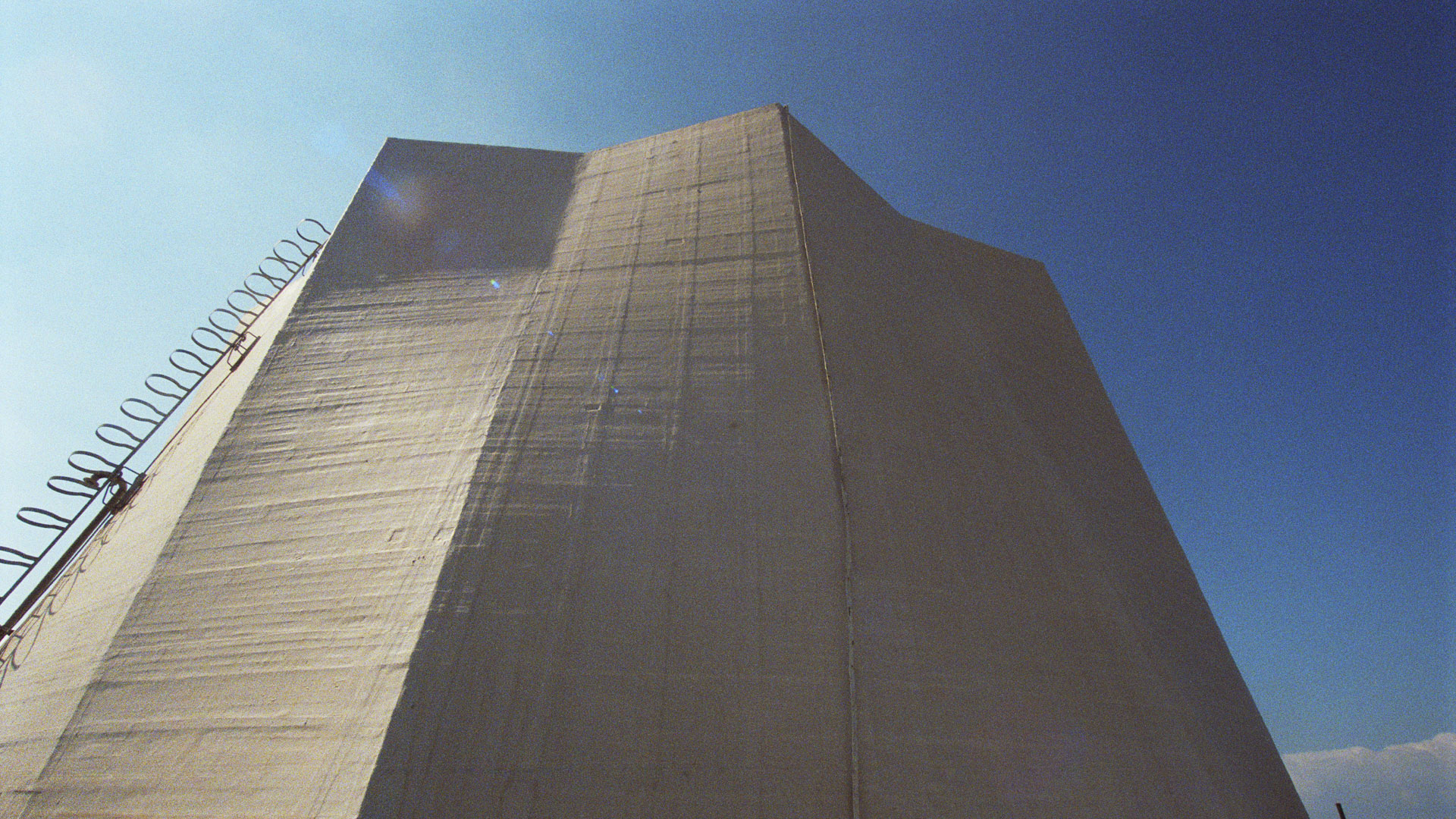
Tomer Ganihar | Philip Johnson
Transparent Secrets
-
June 7 2024 - February 1 2025
Curators: Robert Storr and Gilad Reich
Designer: Rona Cernica
-
Billy Rose Pavilion
The tension between concealment and exposure, transparency and opacity, as well as between violence and creativity, lies at the heart of this project by photographer Tomer Ganihar. The anti-Establishment, self-taught Ganihar decides what he wants to investigate. Usually he documents local, peripheral cultural phenomena, events that elude public attention, in an effort to shed light on the more hidden aspects of reality. The exhibition presents his work surrounding two major buildings planned by one of the most influential American architects of the 20th century, Philip Johnson. Johnson was a complex, controversial figure. Founding curator of the Architecture Department at MoMA, New York’s Museum of Modern Art, he brought the news of Modernist architecture to the United States – and then he left MoMA to preach the gospel of fascism, racism, antisemitism, and American Nazism. He later sought to clear his name, and in the first decade of Israel’s existence, it was Johnson who designed the reactor building at the Soreq Nuclear Center.
The first building photographed by Tomer Ganihar is Johnson’s Glass House in New Canaan, Connecticut, built in 1949 and for many years used as a residence by the architect and his companion David Whitney. An icon of American Modernism, this private home is completely see-through and one of the most photographed houses in the country. Ganihar’s images hint that despite its transparency, the Glass House was a sophisticated way for Johnson to conceal its owner’s dubious past. The second building is the above-mentioned Soreq nuclear reactor, completed in 1960: a top-secret, completely opaque, and almost never photographed “public” building. With its impenetrable façade, Ganihar’s photographs suggest, there is in fact something very ostentatious about its secrecy.
In his architectural photographs, Ganihar shows sections, shadows, reflections. These are his attempt to highlight and reconcile some of the paradoxical contradictions in the violent history of the 20th century, for which the career of Philip Johnson makes a fascinating case study.
- May 01
- May 01
- Apr 26May 02May 03May 09May 10May 16May 17May 23May 24May 30May 31
- May 03May 10May 17May 24May 31
- Apr 21Apr 24Apr 28May 05May 08May 12May 15May 19May 22May 26May 29
- Apr 21Apr 28May 05May 12May 19May 26
- Apr 21Apr 24Apr 28May 05May 08May 12May 15May 19May 22May 26May 29
- Apr 22May 06
- May 06May 27
- May 06
- May 06
- May 06Jun 10
- May 08May 15May 15May 22May 29
- May 08May 15May 22May 29
- May 08May 15May 22May 29
- May 08
- Apr 24May 08May 15May 22May 29
